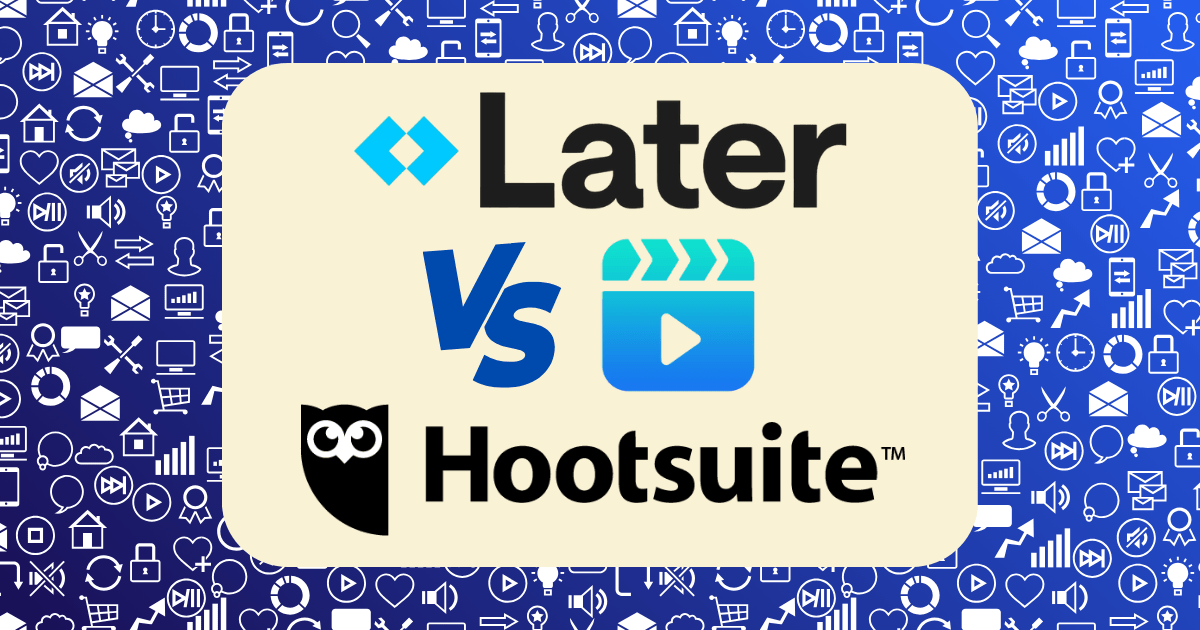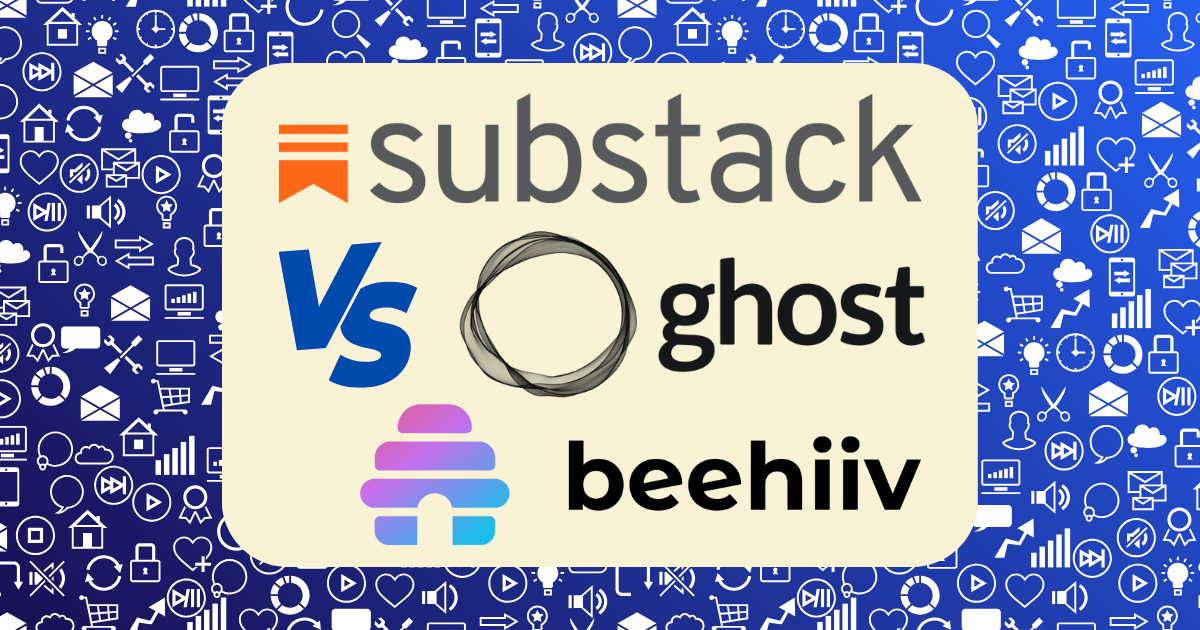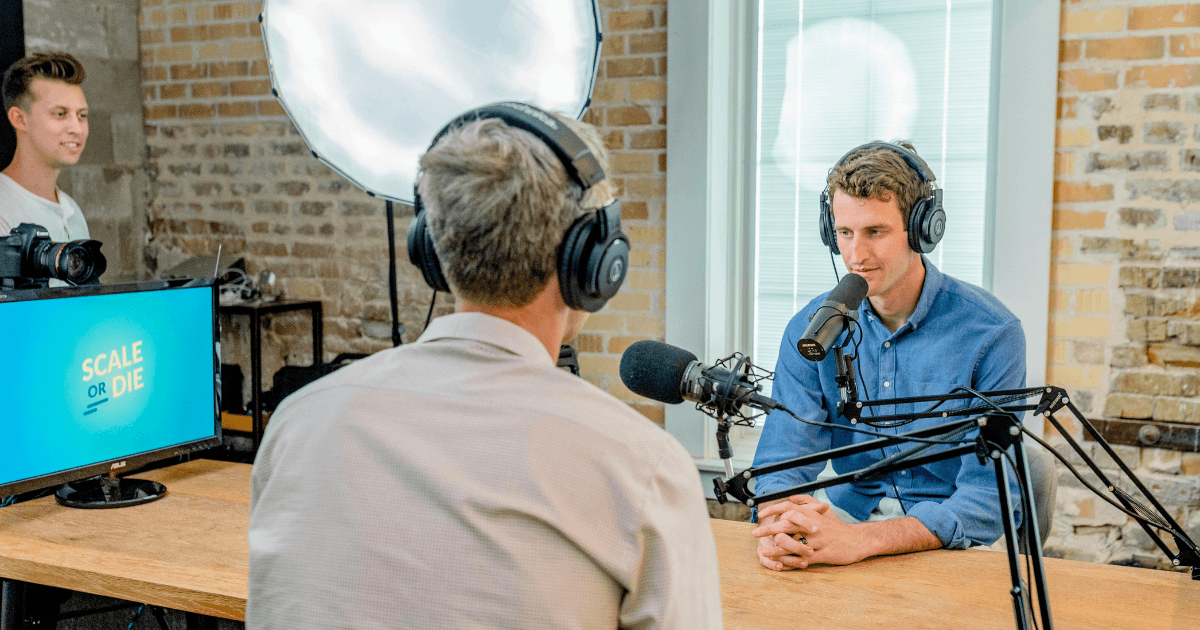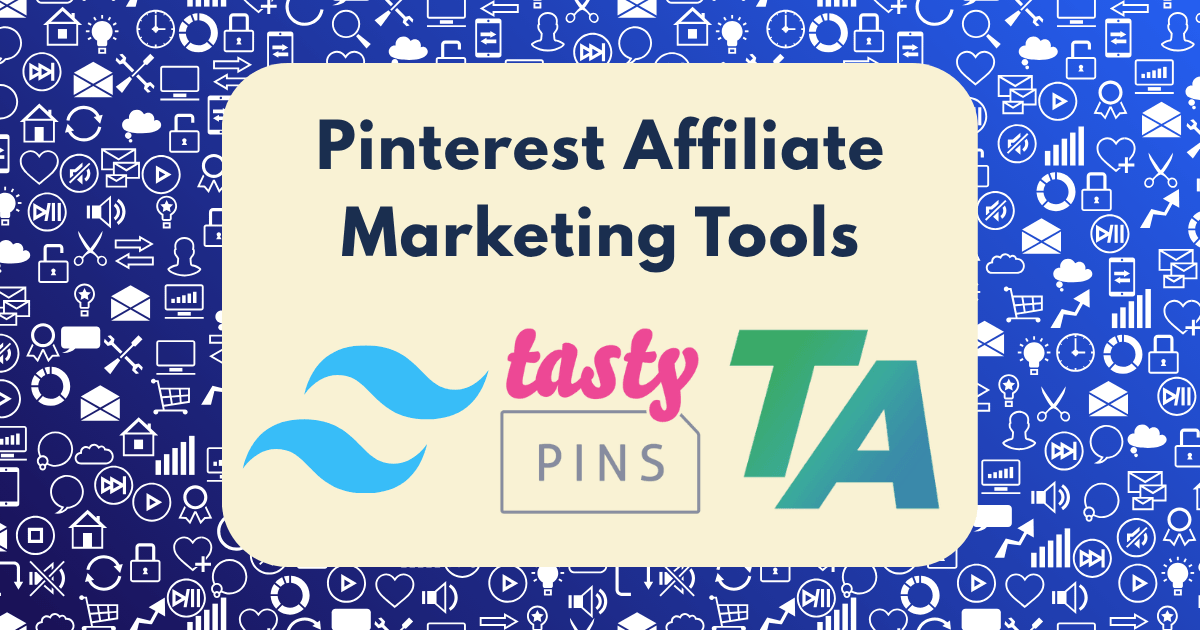Pinterest Traffic Machine: How I Drive 50,000 Monthly Visitors to My Affiliate Offers
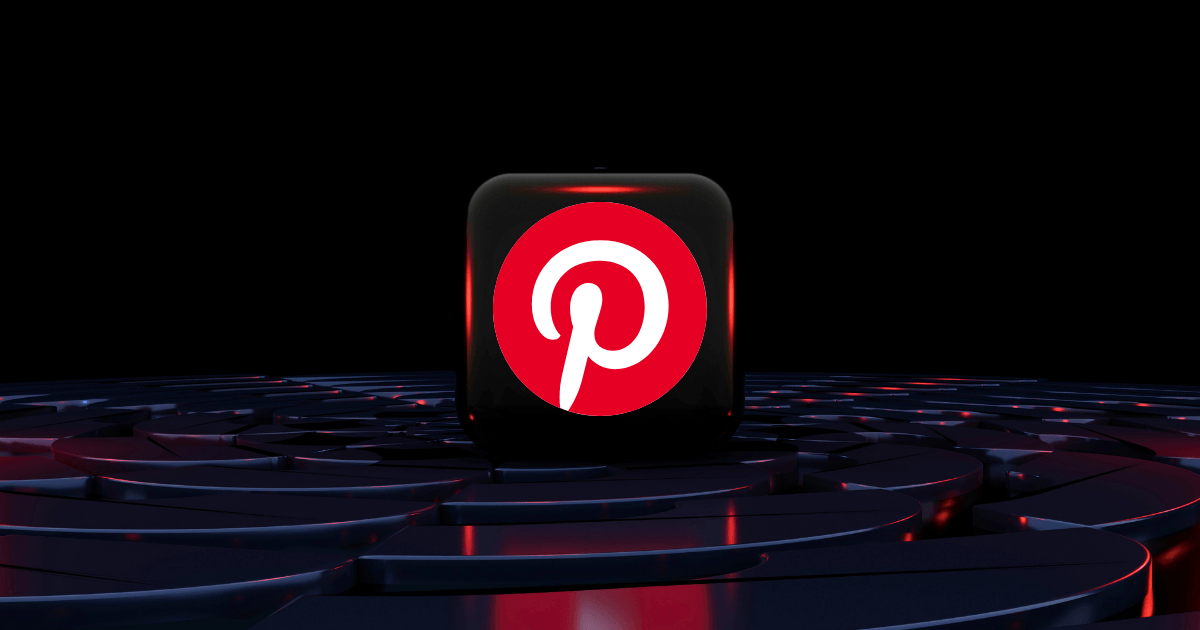
Six months ago, my affiliate marketing business was on life support.
I was spending thousands on Facebook ads with diminishing returns, watching my Instagram reach plummet due to algorithm changes, and wondering if I’d made a terrible mistake leaving my corporate job.
Then I discovered Pinterest—not as the wedding planning platform most people think it is, but as the untapped traffic goldmine it actually is.
Fast forward to today: My Pinterest strategy drives over 50,000 monthly visitors to my affiliate offers, resulting in consistent five-figure monthly commissions. And the best part? Most of this traffic is completely free.
Let me walk you through exactly how I built this Pinterest traffic machine, and how you can do the same.
Why Pinterest Is the Ultimate Affiliate Marketing Platform in 2025
Before diving into tactics, let’s understand why Pinterest presents such a unique opportunity:
- Pinterest has over 570 million monthly active users with high purchasing intent (Shopify, 2025)
- 75% of weekly Pinterest users are actively shopping while browsing the platform
- Nearly 40% of users have household incomes exceeding $100,000
- Pins have an incredibly long lifespan—unlike Instagram or Facebook posts that disappear within hours, pins can drive traffic for months or even years
What makes Pinterest fundamentally different is that it functions as a visual search engine rather than a social media platform. People come to Pinterest specifically looking for ideas, products, and solutions—not to catch up with friends or be entertained.
This intent-driven behavior creates the perfect environment for affiliate marketers.
The Pinterest Strategy That Generated My First 10,000 Visitors
When I started, I made the mistake most marketers make: creating beautiful pins linking directly to affiliate products. The result? Minimal traffic and even fewer conversions.
Here’s the strategy pivot that changed everything:
1. The Value-First Content Ecosystem
Instead of pushing affiliate links directly, I built a content ecosystem:
- Create high-value blog content solving specific problems
- Embed affiliate offers naturally within the content
- Design multiple Pinterest pins pointing to each piece of content
- Optimize pins for search and discovery
This approach works because it aligns with how Pinterest users behave. They’re searching for solutions, not looking to be sold to immediately.
For example, instead of creating a pin for “Buy this keto cookbook,” I created a comprehensive guide called “27 Keto Meal Prep Ideas That Actually Taste Amazing” with affiliate links to recommended products naturally integrated throughout.
2. The Pin Multiplication Method
One game-changing realization was that a single blog post could support multiple pins. In fact, I now create 5-7 different pin designs for every piece of content.
Here’s my exact process:
- Identify 3-5 key benefits from my content
- Create a unique pin design highlighting each benefit
- Use different headlines to appeal to various audience segments
- Schedule pins to publish over several weeks
This multiplication method increased my content’s reach by 417% without creating additional blog posts.
According to Anita Hendrieka, consistency in posting 3-5 high-quality pins daily is crucial for building momentum on the platform.
The Anatomy of a High-Converting Pinterest Pin
Not all pins are created equal. Through extensive testing, I’ve identified these elements of high-converting pins:
Visual Elements:
- Vertical format (1000×1500 pixels)
- Bold, readable text overlay (people should understand your offer at a glance)
- High-contrast colors that stand out in the feed
- Clean, uncluttered design with a clear focal point
- Brand consistency across all pins
Copy Elements:
- Benefit-driven headlines (focus on transformation, not features)
- Numbers and specifics (“47 Ways to” performs better than “Ways to”)
- Curiosity gaps that encourage clicks
- Clear call-to-action within the description
I use Canva for all my pin designs, which has dramatically reduced my design time while maintaining professional quality.
My Pinterest SEO System That Unlocked Massive Traffic
Pinterest is fundamentally a search engine, which means SEO principles apply. Here’s my system for ensuring maximum discoverability:
1. Keyword Research Process
I spend 30 minutes on keyword research for every piece of content:
- Use the Pinterest search bar to identify auto-suggestions
- Check Pinterest Trends for seasonal opportunities
- Analyze competitor pins in my niche
- Document a list of 15-20 relevant keywords for each content piece
2. Strategic Keyword Placement
Once I have my keywords, I place them strategically:
- Pin title: Include primary keyword
- Pin description: Include 3-5 related keywords naturally
- Board names: Include keywords in board titles
- Board descriptions: Include expanded keyword phrases
- Profile optimization: Include niche keywords in bio
This comprehensive approach ensures my pins appear in relevant searches across the platform.
The Board Strategy That 3X’d My Reach
Pinterest boards aren’t just organizational tools—they’re powerful discovery mechanisms. My board strategy focuses on three types:
1. Niche-Specific Boards
I create boards that directly align with my affiliate niches. For example, if I promote fitness products, I have boards for:
- “30-Minute Home Workouts”
- “Meal Prep for Fitness Goals”
- “Best Fitness Equipment for Small Spaces”
Each board contains 80% my own pins and 20% high-performing pins from others in my niche.
2. Broad Appeal Boards
These boards target wider audiences related to my niche:
- “Healthy Living Tips”
- “Wellness Inspiration”
- “Self-Care Sunday Ideas”
These boards help my content reach adjacent audiences who might be interested in my affiliate offers.
3. Secret Boards for Testing
Before publishing new pin designs widely, I test them on secret boards to gauge performance with a small audience. This allows me to optimize before scaling.
The Pinterest Analytics Framework That Guides My Strategy
Data-driven decisions separate amateur pinners from traffic machines. Here’s my analytics framework:
Weekly Metrics I Track:
- Impressions: Total number of times pins were shown
- Engagement rate: (Saves + clicks) ÷ impressions
- Click-through rate: Clicks ÷ impressions
- Traffic quality: Average time on site from Pinterest visitors
- Conversion rate: Percentage of Pinterest visitors who click affiliate links
I use Pinterest Analytics combined with Google Analytics to track these metrics, setting up dedicated UTM parameters for all Pinterest traffic.
According to the Klaviyo community, integrating Pinterest with proper analytics systems can significantly enhance conversion rates through personalized follow-ups.
My Pinterest Automation System That Saves 10+ Hours Weekly
Consistency is crucial on Pinterest, but manually pinning daily is unsustainable. Here’s my automation system:
1. Content Batching
I dedicate one day monthly to:
- Design 30-40 new pins for existing and new content
- Write all pin descriptions with optimized keywords
- Organize pins by board category
2. Scheduled Publishing
I use Tailwind to schedule pins at optimal times:
- 7-10 pins published daily
- Pins scheduled during peak engagement hours (2-4pm and 8-11pm in my audience’s timezone)
- Consistent publishing seven days a week
This automation ensures constant Pinterest presence without daily manual work.
From Pinterest Traffic to Affiliate Conversions: My Funnel Strategy
Getting traffic is only half the battle—converting that traffic into affiliate sales is where the real magic happens:
1. Strategic Content Structure
My highest-converting blog posts follow this structure:
- Compelling personal story related to the problem
- Clear promise of transformation
- Educational content that builds authority
- Natural product integration showing how affiliate products solve specific problems
- Comparison sections highlighting product benefits
- Clear call-to-action with transparent affiliate disclosure
2. Email Capture Strategy
Not all Pinterest visitors convert immediately. I capture 15-20% of traffic to my email list using:
- Content upgrades related to the blog topic
- Quiz funnels that recommend personalized solutions
- Limited-time discount codes for affiliate products
Once on my email list, subscribers enter a nurture sequence that gradually introduces my core affiliate offers.
According to ReferralCandy, combining Pinterest traffic with email marketing can significantly increase overall conversion rates.
Scaling to 50,000+ Monthly Visitors: What Actually Worked
Reaching 50,000 monthly visitors didn’t happen overnight. Here’s how I scaled:
1. Content Expansion Strategy
I identified my top-performing pins and expanded content around those topics:
- Created “hub and spoke” content clusters
- Developed complementary content addressing related questions
- Built comprehensive resource pages featuring multiple affiliate products
2. Pinterest Advertising Amplification
Once I identified high-converting organic pins, I amplified them with Pinterest ads:
- Started with $10/day budget on proven performers
- Used lookalike audiences based on my website visitors
- Optimized for click-through rate rather than impressions
This strategic ad spend yielded a 387% ROI by driving additional traffic to already-converting content.
3. Collaborative Pinning
I joined group boards and collaborated with complementary (non-competing) creators:
- Participated in 10-15 active group boards in my niche
- Created pin-sharing arrangements with other content creators
- Developed co-branded content featuring complementary affiliate products
These collaborations expanded my reach to established, engaged audiences.
Common Pinterest Affiliate Marketing Mistakes to Avoid
My journey wasn’t without missteps. Here are costly mistakes to avoid:
1. Direct Affiliate Linking
Linking pins directly to affiliate offers often results in poor user experience and potential account restrictions. Always link to your own content first.
2. Ignoring Mobile Optimization
Over 85% of Pinterest users access the platform via mobile. Ensure your landing pages are mobile-optimized for maximum conversions.
3. Inconsistent Branding
Pinterest users follow creators they recognize. Maintain consistent visual branding across all pins to build visual recognition.
4. Neglecting Analytics
Many creators “pin and pray” without analyzing performance. Data-driven optimization is essential for scaling traffic.
5. Impatience
Pinterest is a long-game platform. Many of my highest-performing pins took 2-3 months to gain significant traction.
The Mindset Shift: Pinterest as a Business Asset, Not a Social Platform
The biggest factor in my Pinterest success was a fundamental mindset shift: treating Pinterest as a business asset rather than a social media platform.
This meant:
- Investing in quality design and content
- Building systems for consistent execution
- Analyzing data to inform strategy
- Testing and optimizing continuously
- Focusing on long-term growth over quick wins
This mindset transformed Pinterest from a casual marketing channel into a predictable traffic machine generating tens of thousands of monthly visitors.
Your 30-Day Pinterest Traffic Blueprint
Ready to build your own Pinterest traffic machine? Here’s your 30-day action plan:
Days 1-7: Foundation Building
- Convert to a Pinterest business account
- Optimize your profile with keywords
- Create 8-10 strategic boards
- Design templates for your first pins
Days 8-14: Content Creation
- Develop 3-5 high-value blog posts with affiliate integration
- Create 4-5 pin designs for each post
- Write SEO-optimized descriptions for all pins
Days 15-21: Publishing & Optimization
- Begin daily pinning schedule
- Join 5-7 relevant group boards
- Set up Pinterest and Google Analytics tracking
Days 22-30: Analysis & Scaling
- Analyze initial performance data
- Optimize underperforming pins
- Create new pins based on early winners
- Develop your first Pinterest ad campaign
Final Thoughts: The Untapped Potential of Pinterest in 2025
While most marketers chase the latest social media trends, Pinterest remains surprisingly underutilized despite its massive potential for driving targeted, high-intent traffic.
The platform’s unique combination of search functionality, visual discovery, and shopping intent creates the perfect environment for affiliate marketers willing to invest in quality content and strategic promotion.
As Pinterest’s own data shows, the platform continues to evolve as a powerful traffic machine for online businesses in 2025, with particular emphasis on visitor engagement for affiliate offers.
The question isn’t whether Pinterest can drive significant traffic to your affiliate offers—it absolutely can. The real question is whether you’ll implement the strategies I’ve outlined to capture your share of this valuable traffic.
Are you ready to build your Pinterest traffic machine?



